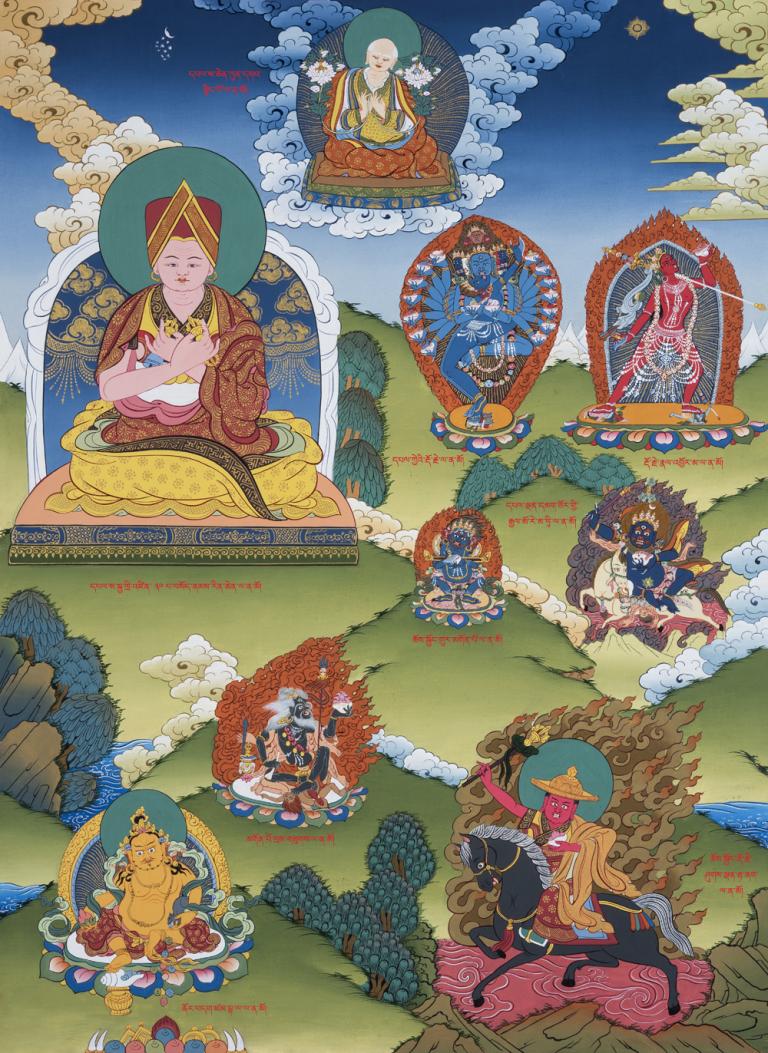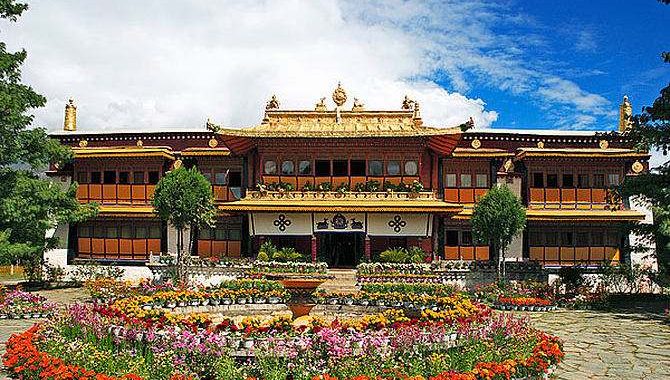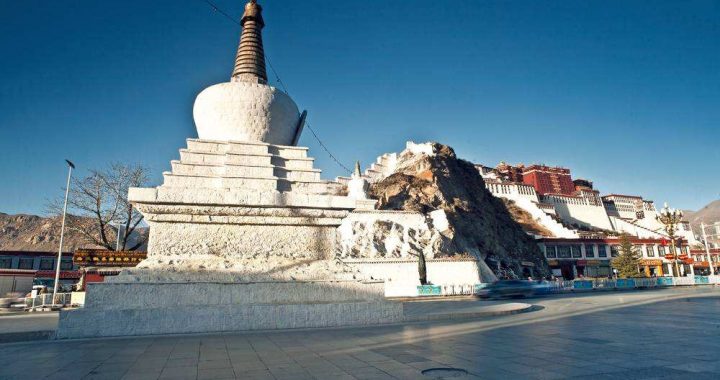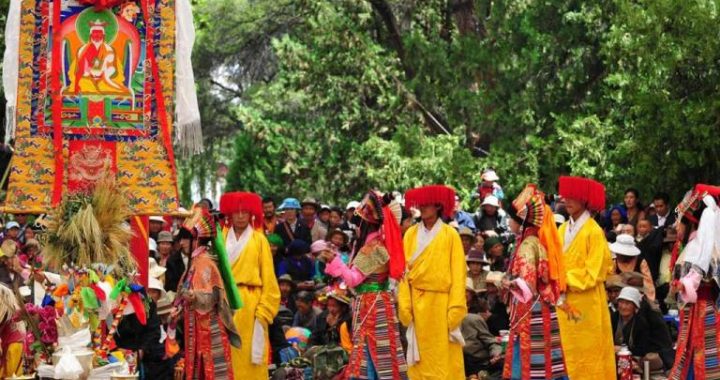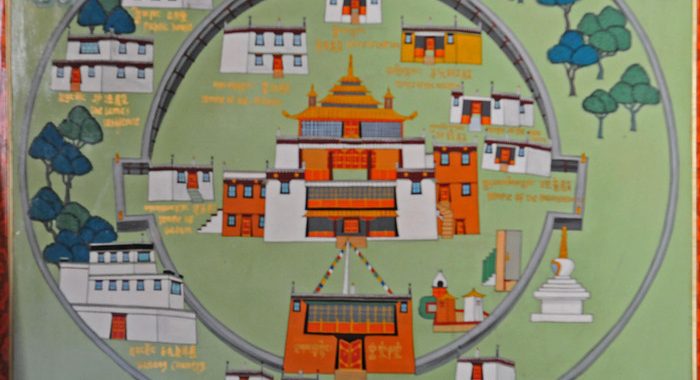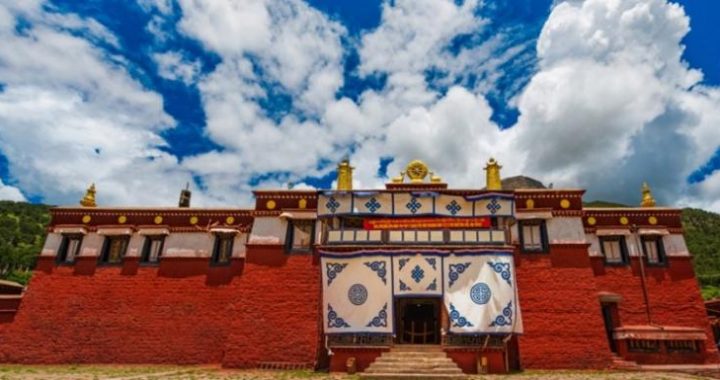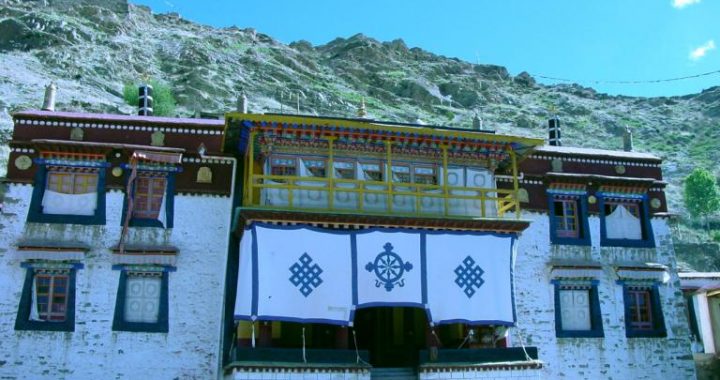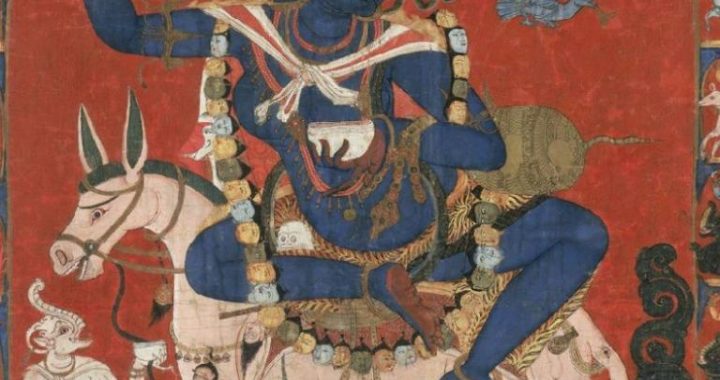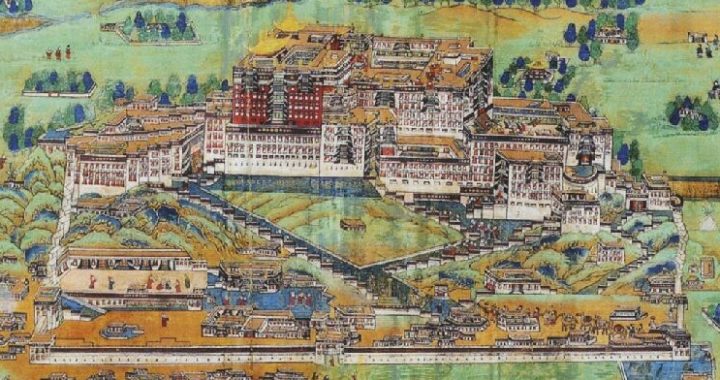The Renowned Patriarchal Monastery of Karma Kagyu Sect
3 min readTrophu Monastery is nestled in the gorge of the north bank at the upper reachesof the Trophu River at Doilungdeqen County in Lhasa. It was built in 1189 by the first living Buddha of Trophu Monastery. In the beginning this monastery was small in scale, but expanded by the second living Buddha Pagshi Chogyl Lama under the Yuan court’s support. Trophu Monastery suffered two awful destructions: the first destruction was occurred in 1401 by the earthquake; the other was incurred in the 1970s. The Trophu Monastery has been renovated whose architecture boasts representativeness of Tibetan monastery. In 1962 it entered the list of key protection units of cultural relics in Tibetan Autonomous Region.
As one of the Patriarchal monasteries of Karma Kagyu sect, Trophu Monastery enjoys a time-honored tradition and authentic authorities. Because the present 17th living Buddha Karmapa is worshipped in this monastery and the black-hat school living Buddha of Karma Kagyu enjoys a prominent status in the Kagyu sect as well as the Lamaism parish, the Trophu Monastery has become a household name. Karma Kagyu sect, one of the four branches of Dhagpopa Kagyu, has further branched into two minor schools: one is the black-hat school which is thus called because of the blackgolden-rim monk hat awarded by Emperor Yuanxianzong of Yuan dynasty to Karma Pagshi in 1256; this branch was founded by Karmapa Dusum Khyenpa; the other is the red-hatschool which was derived from the black hat school and was named such because the Yuan court awarded a red monk hat to the living Buddha Drakpa Senga, the founder of this school of Lamaism and a disciple of the third living Buddha Rangjung Dorje from the red hat school.
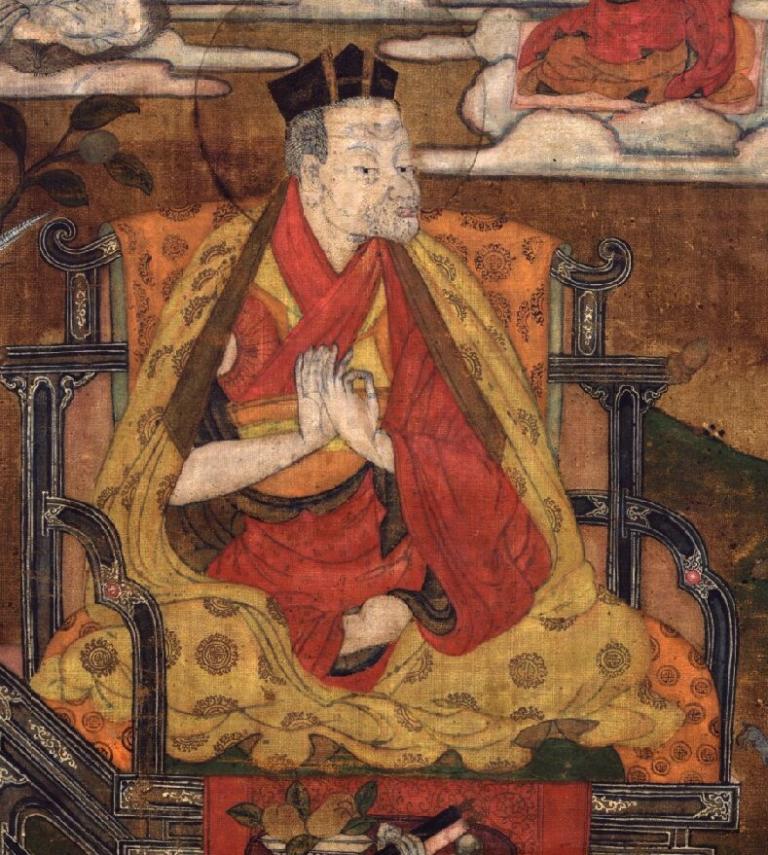
Facing the south, today’s Trophu Monastery 4,400 meters above the sea level is surrounded by mountains on three sides. It consists of such structures as Grand Tulkhang Hal1, Dratsang Gunba, Qamtse, Lhakang and Protector Chapel; in the square in front of the monastery is a stone tablet, the founding monument of Gyanmpu Monastery erected in the period of Trisong Detsen in the ninth century, which has witnessed the long history of Trophu Monastery. The main structure of Trophu Monastery is Grand Tulkhang Hall of three stories; the hall in a square layout occupies 600-oddsquare meters and is mainly composed of the sutra hall and the Buddhist Chapel. On the first floor of the grand hall is the sutra hall where monks assemble and chant sutras; behind the sutra hall is Deity Hall, Niches of Buddhas and Stupas; in the middle of the second floor is the patio of the sutra hall on the first floor; on this floor there are three rooms in the south with the middle room being the worshipcenter where Buddhism believers touch the head of the 17th living Buddha Karmapa and the rooms on both sides being the bedrooms of Situ Rinpoche and Gyetsal respectively.
On the third floor there is the sutra-storage room and the bedroom of the 17th Karmapa. Aside from the Grand Tulkhang Hall, the main structures of Trophu Monastery include a two-story Dratsang, five Protector Chapels, Qamzi Lhakang, the sutraprinting hall and the reception room. The main constructions aside, the annexed constructions represented by Qamzi Lhakang and the sutra-printing hall boastdistinct characteristics, such as the two white pagodas on the west: the front vessel-shaped pagoda on a square base and the back pagoda of both its body and base being square and unsophisticated; on the mountainside of Mount Gyari Togqoi Gyungbo behind the monastery is a white construction Zoi Khang which is the meditation spot of the monks from Trophu Monastery; besides, other significant historic sites include the stone which is said to have the image of worshiping to Buddha by Karmapa, the natural stone-vein patterns featuring golden fish on pilgrimage and the grottos where the first Karmapa practiced Buddhism.
